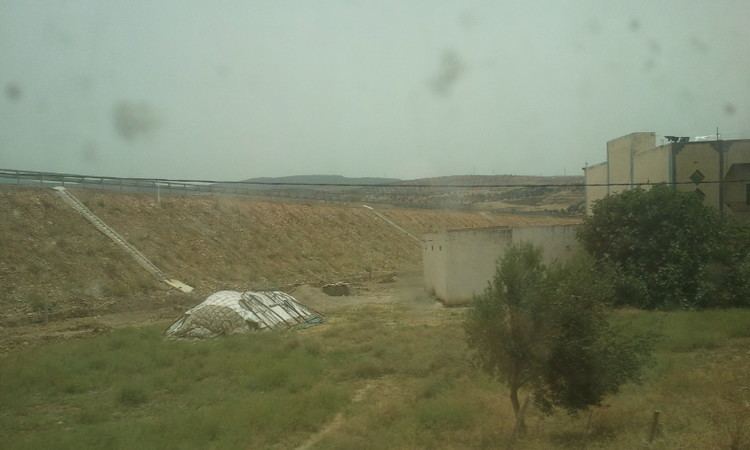 | ||
Morocco's network of Motorways is administered by the state-owned company Autoroutes du Maroc (ADM). It runs the network on a pay-per-use basis, with toll stations placed along its length. The general speed-limit is 120 km/h.
Contents
History
The first expressway in the country is the A3: Casablanca-Rabat. Construction of the first section started in 1975 but completion of this road between the economic and the administrative capital took 13 years. Originally usage of the road was free of charge. The toll-road system was later introduced as one measure to prevent lengthy construction times (as happened with this first road). Finding investors for new roads would be easier when these roads would generate their own revenue to repay investors.
Realized and planned
As of August 2016, ADM manages 1808 km of Morocco's toll roads. In 2006, it was announced that ADM will be investing 6.18 billion dirhams ($859 million) to develop its highway network in 2007. These investment packages are part of the objective that aim to complete 1,500 km by 2012.
Completed roads
The main Moroccan expressways are:
The construction history of these expressways by segment is as follows:
Road safety
In 2007 762 accidents with casualties were reported, a 5% increase on 2006. The accident-rate per 100 million traveled kilometers dropped by 20% from 30.2 to 24.1 between these years, but the total number as well as rate of deaths didn't go down.
A breakdown of these figures:
Increasing road-safety
Increasing safety is an important goal for the ADM: the new autoroutes are designed to improve safety and the ADM also believes that extending the express-way network will increase overall safety as the through-going (and often high-speed) traffic is moved away from the Route Nationals, that run through the cities and villages along the way. Expressways also use non-level crossings and because there is no oncoming traffic overtaking cars is safer then on normal roads. The ADM also publishes accident figures to increase the attention of the public in road-safety.
In the first quarter of 2011 the number of accidents on expressways with injuries fell 21% compared to the same period in 2010
